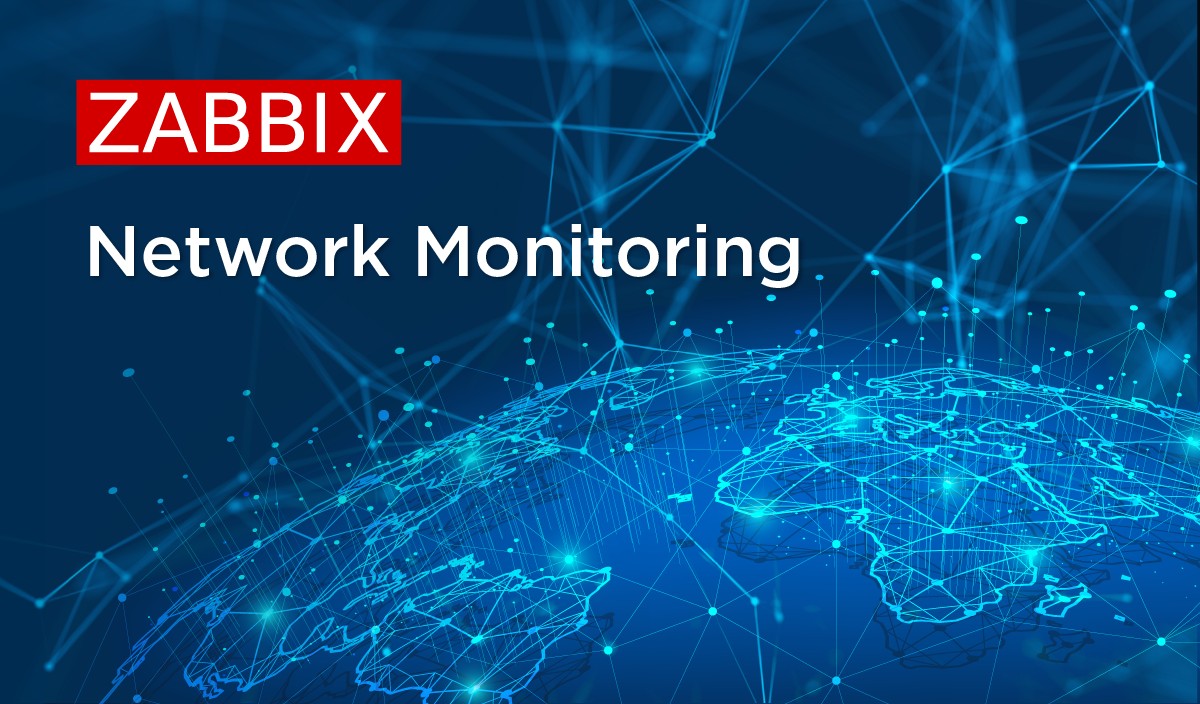Description
Introduction of Palo Alto Networks
Palo Alto Networks is a leader in next-generation firewall (NGFW) technology, providing organizations with comprehensive network security solutions. Its advanced firewalls integrate features such as application awareness, intrusion prevention, and traffic decryption to protect against cyber threats in real-time. This training aims to provide a thorough understanding of Palo Alto’s NGFWs, focusing on deployment, configuration, and management to secure enterprise networks.
By the end of this course, participants will be capable of configuring Palo Alto firewalls, managing security policies, and optimizing the firewall for both small and large-scale network environments.
Prerequisites
- Basic knowledge of networking and firewall concepts
- Understanding of IP addressing, routing, and VPNs
- Familiarity with cybersecurity fundamentals such as malware, intrusion detection, and network monitoring
- Access to Palo Alto Networks firewall for hands-on practice (physical or virtual)
Table of Contents
1.Introduction to Palo Alto Networks Next-Generation Firewall
1.1. Overview of Next-Generation Firewalls (NGFW)
1.1.1. The Evolution of Firewalls: From Legacy to Next-Gen
1.1.2. Core Features of Palo Alto’s NGFW: Application Awareness, Threat Intelligence, and User Identification
1.1.3. Role of NGFWs in Modern Network Security(Ref: IT Security Program)
1.2. Palo Alto Firewall Architecture
1.2.1. Understanding Palo Alto Networks Firewall Architecture and Components
1.2.2. Introduction to Palo Alto’s Security Operating Platform (PAN-OS)
1.2.3. Licensing and Editions: Enterprise, SMB, and Cloud Solutions
2.Initial Setup and Configuration
2.1. Firewall Deployment Options
2.1.1. Deploying Palo Alto NGFW in Physical, Virtual, and Cloud Environments
2.1.2. HA (High Availability) and Clustering Configurations
2.1.3. Configuring Management Interfaces and Access Controls
2.2. Basic Firewall Configuration
2.2.1. Initial Setup: Interface Configuration, Routing, and Zones
2.2.2. Setting Up Security Policies and Rules
2.2.3. Creating and Managing NAT Policies
3.Application and User Identification (App-ID & User-ID)
3.1. Application Identification with App-ID
3.1.1. The Importance of Application Awareness in NGFWs
3.1.2. How App-ID Works: Identifying Applications in Real-Time
3.1.3. Configuring App-ID Policies for Specific Applications and Protocols
3.2. User Identification with User-ID
3.2.1. Understanding User-Based Security with Palo Alto’s User-ID
3.2.2. Integrating User-ID with Directory Services (Active Directory, LDAP)
3.2.3. Configuring Policies Based on User Roles and Groups
4.Advanced Threat Protection and Intrusion Prevention
4.1. Threat Detection and Prevention with Palo Alto NGFW
4.1.1. Leveraging Threat Intelligence to Detect and Block Attacks
4.1.2. Configuring and Managing Intrusion Prevention System (IPS)
4.1.3. Using Anti-Virus, Anti-Spyware, and Anti-Malware Capabilities
4.2. Advanced Threat Analysis Tools
4.2.1. Using Palo Alto’s WildFire for Zero-Day Threat Detection
4.2.2. Configuring Sandboxing for Malware Analysis
4.2.3. Monitoring Threat Logs and Responding to Incidents
5.Content and URL Filtering
5.1. Web Filtering with URL Filtering Policies
5.1.1. Configuring URL Filtering to Block Malicious or Inappropriate Content
5.1.2. Creating Custom URL Filtering Rules and Categories
5.1.3. Monitoring Web Activity and URL Logs
5.2. Content Inspection and Filtering
5.2.1. Deep Packet Inspection (DPI) for Identifying Sensitive Data
5.2.2. Enabling and Configuring Data Loss Prevention (DLP) Policies
5.2.3. Managing Content Filtering Alerts and Reports
6.Traffic Decryption and SSL Inspection
6.1. SSL Decryption Basics
6.1.1. Understanding Encrypted Traffic and Its Risks
6.1.2. The Role of SSL Decryption in NGFW Security
6.1.3. Configuring SSL Decryption on Palo Alto Firewalls
6.2. Decryption Policy Creation
6.2.1. Creating and Enforcing Decryption Policies
6.2.2. Managing Certificates and Decryption Exclusions
6.2.3. Monitoring Decrypted Traffic and Detecting Threats
7.VPN Configuration and Network Segmentation
7.1. IPSec and SSL VPN Setup
7.1.1. Creating Secure VPN Tunnels for Remote Access
7.1.2. Configuring Site-to-Site VPN with IPSec
7.1.3. Implementing SSL VPN for Remote Users
7.2. Network Segmentation and Zone-Based Policies
7.2.1. Creating Security Zones and Segments for Improved Network Security
7.2.2. Defining Policies Based on Zones and Network Segments
7.2.3. Managing Inter-Zone and Intra-Zone Security Policies
8.Logging, Monitoring, and Reporting
8.1. Understanding Palo Alto Logging and Monitoring Tools
8.1.1. Configuring System and Security Event Logging
8.1.2. Monitoring Network Traffic, Threats, and Security Policies
8.1.3. Analyzing Logs and Generating Reports for Incident Response
8.2. Integrating Palo Alto Firewalls with SIEM Solutions
8.2.1. Centralized Log Management and Analysis with Panorama
8.2.2. Configuring Syslog and SNMP for External Monitoring
8.2.3. Integrating with Security Information and Event Management (SIEM) Systems
9.Firewall Optimization and Best Practices
9.1. Optimizing Palo Alto NGFW Performance
9.1.1. Firewall Rule Optimization for Improved Performance
9.1.2. Managing System Resources: CPU, Memory, and Traffic Load Balancing
9.1.3. Configuring Automatic Updates for Threat Intelligence and Policies
9.2. Firewall Security Best Practices
9.2.1. Implementing Strong Access Controls and Authentication
9.2.2. Regular Maintenance: Backups, Updates, and Security Audits
9.2.3. Developing a Robust Incident Response Plan
10.Advanced Configuration and Cloud Integration
10.1. Palo Alto NGFW in Cloud Environments
10.1.1. Integrating Palo Alto Firewalls with AWS, Azure, and Google Cloud
10.1.2. Using VM-Series Firewalls for Cloud Workloads
10.1.3. Securing Hybrid Cloud Networks with NGFWs
10.2. Advanced Configuration Scenarios
10.2.1. Configuring GlobalProtect for Comprehensive Remote Access
10.2.2. Using Panorama for Centralized Management of Multiple Firewalls
10.2.3. Implementing Advanced Threat Detection and Incident Response in Complex Networks
11.Conclusion and Best Practices
11.1. Review of Core Concepts
11.1.1. Recap of Key Topics: Application, Threat, and Network Protection
11.1.2. Summary of VPN, URL Filtering, and SSL Decryption
11.1.3. Best Practices for Ongoing Firewall Management
11.2. Next Steps
11.2.1. Advanced Palo Alto Certifications and Learning Paths
11.2.2. Further Resources and Best Practices for Enterprise-Level Security
11.2.3. Continuous Learning and Training Opportunities
This comprehensive course will equip participants with the skills to deploy, configure, and manage Palo Alto Networks’ Next-Generation Firewall to safeguard against a range of cyber threats while optimizing network security.







Reviews
There are no reviews yet.